
Elizabeth I was Queen of England and Ireland from 17 November 1558 until her death in 1603. She was the last monarch of the House of Tudor.
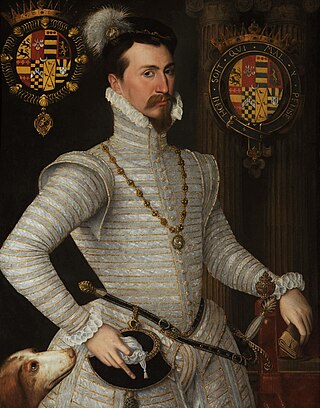
Robert Dudley, 1st Earl of Leicester, was an English statesman and the favourite of Elizabeth I from her accession until his death. He was a suitor for the queen's hand for many years.
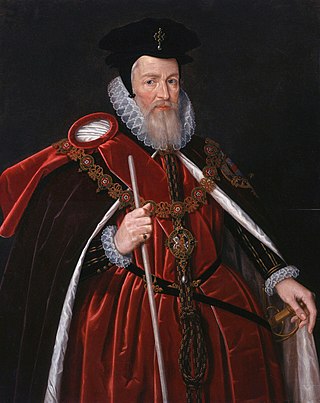
William Cecil, 1st Baron Burghley was an English statesman, the chief adviser of Queen Elizabeth I for most of her reign, twice Secretary of State and Lord High Treasurer from 1572. In his description in the Encyclopædia Britannica Eleventh Edition, A.F. Pollard wrote, "From 1558 for forty years the biography of Cecil is almost indistinguishable from that of Elizabeth and from the history of England."

Guinevere, also often written in Modern English as Guenevere or Guenever, was, according to Arthurian legend, an early-medieval queen of Great Britain and the wife of King Arthur. First mentioned in popular literature in the early 12th century, nearly 700 years after the purported times of Arthur, Guinevere has since been portrayed as everything from a fatally flawed, villainous and opportunistic traitor to a noble and virtuous lady. Many records of the legend also feature the variably recounted story of her abduction and rescue as a major part of the tale.
John Sutton, 3rd Baron Dudley, commonly known as Lord Quondam, was an English nobleman.
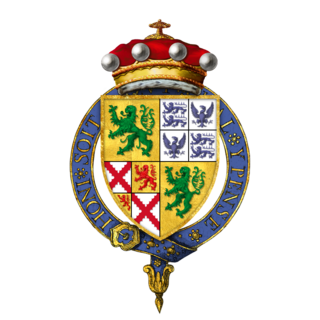
Edward Sutton, 2nd Baron Dudley,KG was an English nobleman created a Knight of the Garter (KG) in the beginning of King Henry VIII's reign. He was chamberlain to Princess Mary from 1525 to 1528.

Lady Mary Keyes was the youngest daughter of Henry Grey, 1st Duke of Suffolk, and Frances Brandon, and through her mother had a claim on the crown of England.

Amy, Lady Dudley was the first wife of Robert Dudley, Earl of Leicester, favourite of Elizabeth I of England. She is primarily known for her death by falling down a flight of stairs, the circumstances of which have often been regarded as suspicious. Amy Robsart was the only child of a substantial Norfolk gentleman. In the vernacular of the day, her name was spelled as Amye Duddley.
Douglas, Lady Sheffield, was an English noblewoman, the lover of Robert Dudley, 1st Earl of Leicester and mother by him of explorer/cartographer Sir Robert Dudley, an illegitimate son.

Avalon is a 1965 novel by the American author Anya Seton.
Geoffrey Thomas Leslie Ashe was a British cultural historian and lecturer, known for his focus on King Arthur.
Sir John Guildford, JP, of Hemsted in Benenden, also written Guilford, was an English landowner, administrator and politician.
The Avalon Series is a series of fantasy novels written by Marion Zimmer Bradley and Diana L. Paxson. Paxson took over sole authorship after Bradley's death in 1999. The series focuses on the legendary island of Avalon and the various women who have shaped its history and that of Britain.
Phil Rickman is a British author of supernatural and mystery novels.
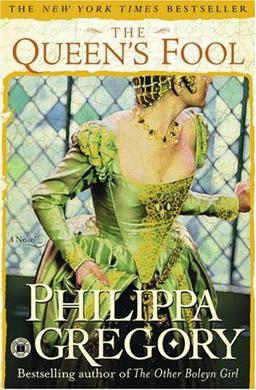
The Queen's Fool by Philippa Gregory is a 2003 historical fiction novel. Set between 1548 and 1558, it is part of Philippa Gregory's Tudor series. The series includes The Boleyn Inheritance. The novel chronicles the changing fortunes of Mary I of England and her half-sister Elizabeth through the eyes of the fictional Hannah Green, a Marrano girl escaping to England from Spain where her mother was burned at the stake for being Jewish. Hannah is discovered by Robert Dudley and John Dee and subsequently begged as a fool to Edward VI. She witnesses and becomes caught up the intrigues of the young king's court, and later those of his sisters. As Mary, Elizabeth, and Robert Dudley use Hannah to gather information on their rivals and further their own aims, the novel can plausibly present each side in the complex story. The Queen's Fool follows Hannah from ages fourteen to nineteen, and her coming-of-age is interspersed among the historical narrative. The book reached # 29 on the New York Times Best Seller list and had sold 165,000 copies within three weeks of its release.
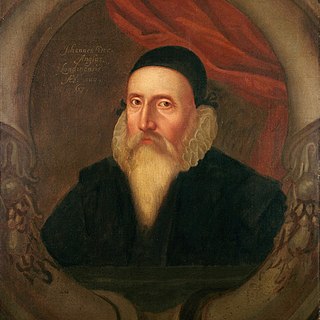
John Dee was an English mathematician, astronomer, teacher, astrologer, occultist, and alchemist. He was the court astronomer for, and advisor to, Elizabeth I, and spent much of his time on alchemy, divination, and Hermetic philosophy. As an antiquarian, he had one of the largest libraries in England at the time. As a political advisor, he advocated the foundation of English colonies in the New World to form a "British Empire", a term he is credited with coining.
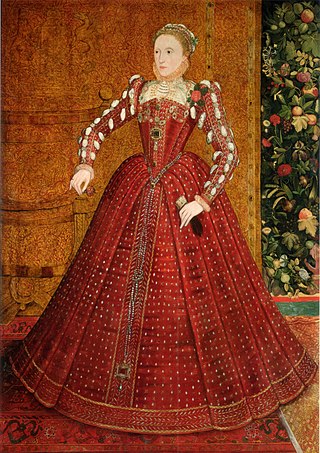
Elizabeth I of England has inspired artistic and cultural works for over four centuries. The following lists cover various media, enduring works of high art, and recent representations in popular culture, film and fiction. The entries represent portrayals that a reader has a reasonable chance of encountering rather than a complete catalogue.

Gloriana, or The Unfulfill'd Queen is a work of literary fantasy by British novelist Michael Moorcock. It was first published in 1978 and has remained in print ever since.
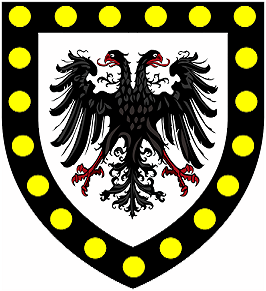
Sir Henry Killigrew was a Cornish diplomat and an ambassador for the Kingdom of England in the sixteenth century. He was several times employed by Elizabeth I in Scottish affairs and served as one of the English appointees to the Council of State of the Netherlands in the United Provinces in 1586 and 1587–1589. He served as a Member of Parliament for Newport & Launceston in 1553, for Saltash in 1563, and for Truro in 1571–2.

Lady Mary Sidney was a lady-in-waiting at the court of Elizabeth I, wife of Sir Henry Sidney and the mother of Sir Philip Sidney and Mary Sidney Herbert, Countess of Pembroke. She was daughter of John Dudley, Duke of Northumberland, and sister of Elizabeth's favourite, Robert Dudley, Earl of Leicester.













